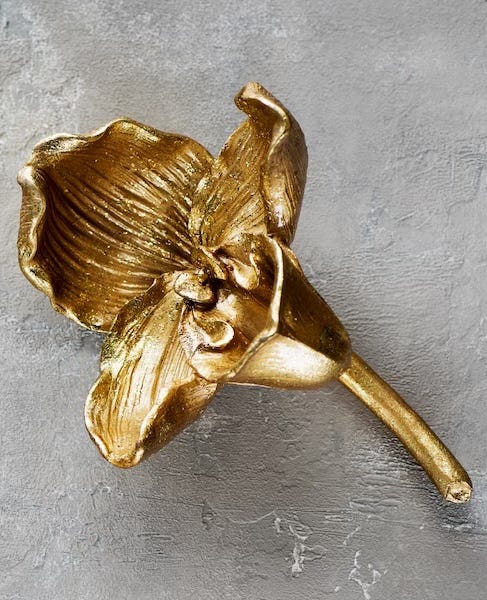When Figurative Language Fails: Part 2
Lift Your Language
Gilding The Lily
‘To gild the lily’ means to try to improve something that’s already beautiful enough or perfectly functional. There’s also the suggestion that the attempt spoils the original.
If someone were to add layers of cosmetics to an already flawless complexion, it would be ‘gilding the lily’.
We could say the same about attempts to add unnecessary, flowery details to a simple and elegant piece of writing.
Many writers used this expression when trying to suggest that something imperfect is being disguised to appear better.
That’s definitely not what ‘gilding the lily’ means.
Keep reading with a 7-day free trial
Subscribe to Better Communication to keep reading this post and get 7 days of free access to the full post archives.


